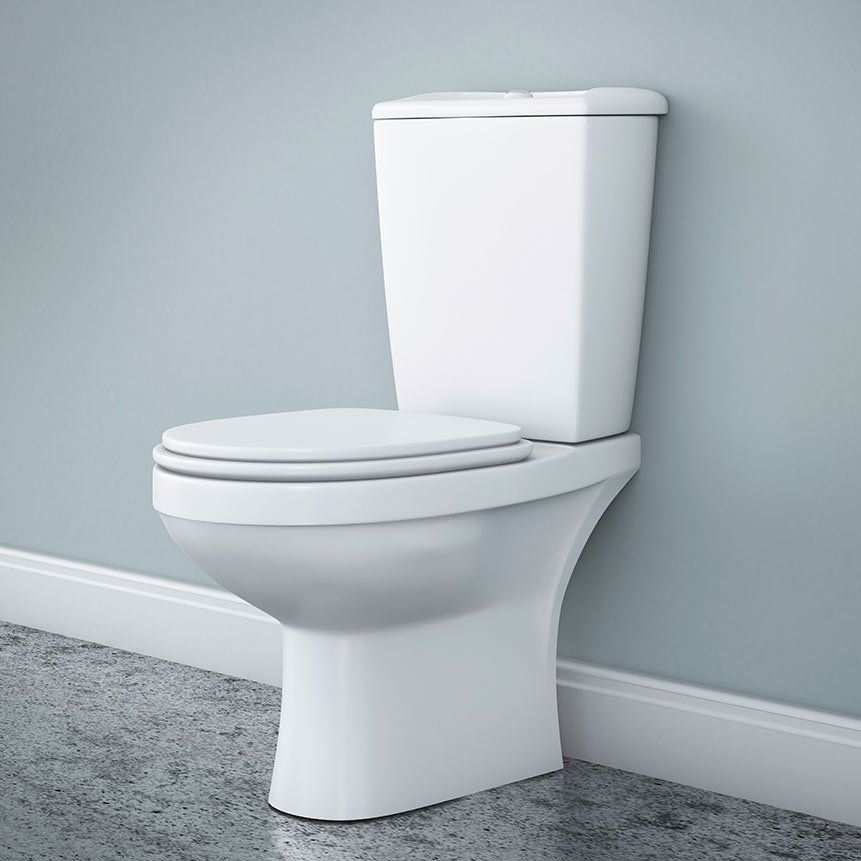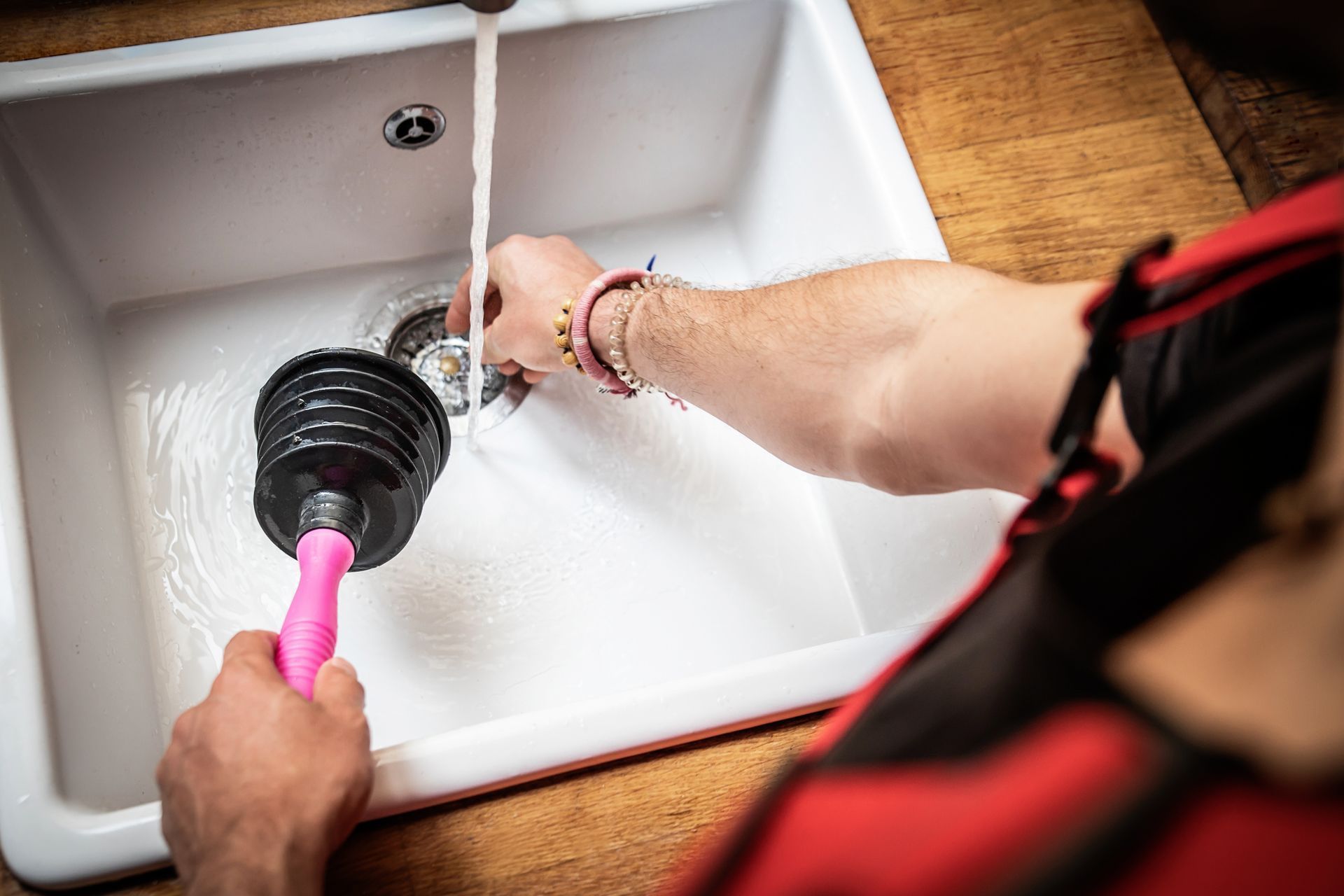3 Questions to Ponder When Choosing a New Toilet

A toilet is a necessity for any household. But you may be surprised to learn that when it comes to residential toilets, one size fits all doesn’t necessarily hold true. Think about your options, as there are more than a few out there.
11.21.2017
A toilet is a necessity for any household. But you may be surprised to learn that when it comes to residential toilets, one size fits all doesn’t necessarily hold true. Think about your options, as there are more than a few out there.
From the standard toilet to the low-flush efficiency design, there are plenty of options to mull over. Will you choose a regular two-piece toilet or a seamless one piece? There's no need to become flushed with frustration when picking out a new toilet. Ask yourself the following questions to help you make your decision.
1. How Concerned Are You About Water Conservation?
Everyone should make a conscious effort to conserve water because doing so may save you money on your monthly water bills. One way to conserve water and save money is to install low-flush, high-efficiency toilets in your home.
While a standard toilet typically uses several gallons of water with every flush, a quality low-flow model could save you up to 20% of water per flush. And if you’re replacing an old toilet from the 1990s or earlier, you could save even more water per flush since older toilets can use quite a bit of water.
A low-flush toilet uses an overflow tube which averts water from over-filling the toilet tank. In addition, the flush valve inside an efficiency toilet will be larger than the standard. The flush will be stronger and the water will rush quickly through the system.
If you want to conserve water, ask your plumbing experts about installing low-flow toilets for the bathrooms in your home.
2. Is Cleaning Your Toilet a Hassle?
Cleaning your toilet on a regular basis can be challenging, whether you have a disability that makes it physically difficult or you just don’t have enough time. Whatever the reason, you might want to consider having a self-cleaning toilet installed. Self-cleaning toilets are not only finished with antimicrobial properties to destroy germs and odors but also a shiny glaze will inhibit stains from developing.
All you have to do to clean your toilet is press a button on the exterior of the toilet tank. The button will activate a quick cleaning cycle that may run for several minutes. This method is best used for routine or weekly cleanings.
A built-in timer may also come standard in a self-cleaning toilet. The toilet seat may swivel as it completes a cleaning cycle. Some models also utilize ultraviolet light for sanitation. Ask your plumber if such a model can be ordered and installed.
3. Do You Prefer a Standard Two-Piece Toilet or a One-Piece Design?
Although two-piece toilets have been in use since the inception, modern one-piece toilets are becoming the wave of the future. If you have decided against a self-cleaning toilet, the one-piece model could make cleaning just as easy. Because a one-piece toilet doesn’t have separate pieces, dirt won’t become trapped.
Many one-piece toilets are elongated in shape, making sitting on the toilet more comfortable for some individuals, especially those who are taller than average. The single-piece design also has a sleek appearance that complements many modern bathrooms.
However, if you are on a budget, you might want to opt for the standard two-piece toilet, as they typically cost less to purchase. Your plumber will also be able to show you a number of different styles and designs of two-piece toilets.
Weigh your options carefully when contemplating a new toilet. Don't be hesitant to ask your contractor for plumbing solutions. Seek professional service to take the worry out of installation.
If you know what type of toilet you would like installed or you have more questions, contact O’Fallon Sewer Service.
Facebook Twitter Google+ pinterest








